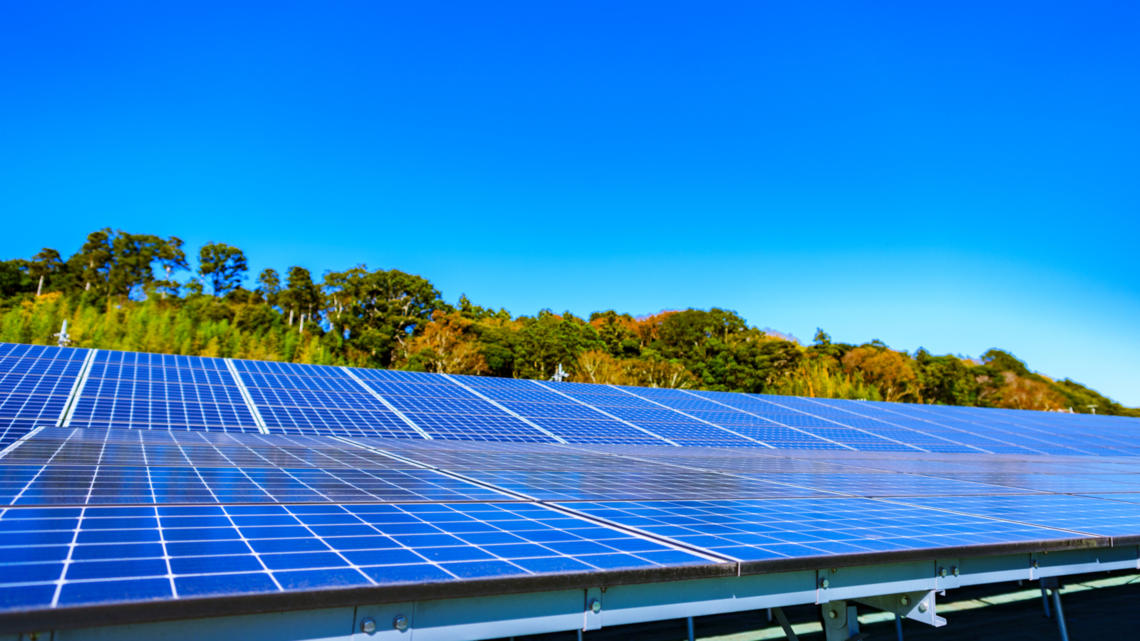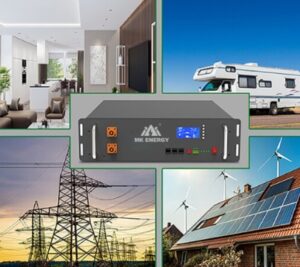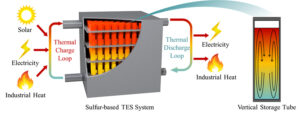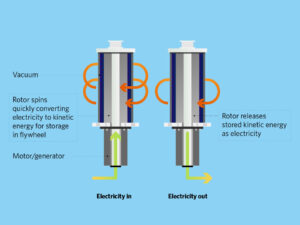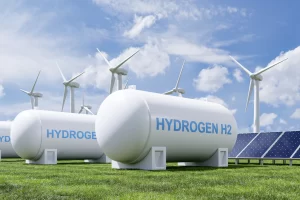Compare different types of renewable energy storage technologies
In the future, our world must continue to pursue renewable energy, and many renewable energy storage technologies have appeared around us. The energy storage battery provided by MK Energy is one of these types. Today, we will also introduce other renewable energy storage technologies to everyone.
Renewable Energy Storage: Energy Storage Batteries
Energy storage batteries are an essential part of the renewable energy ecosystem. For example, industries widely use lithium-ion batteries due to their high energy density, long cycle life, and fast charging capabilities. They ensure a reliable and stable power supply, mitigating the fluctuations associated with renewable energy. Energy storage batteries contribute to grid stability by providing backup power during peak demand or when renewable energy generation is insufficient. They also enable the integration of decentralized renewable energy sources, allowing operators to store and distribute excess energy as needed. In addition to lithium-ion batteries, emerging technologies like flow and solid-state batteries are also receiving increasing attention in renewable energy storage.
Renewable Energy Storage: Pumped Storage Hydro
Pumped storage hydropower offers a unique and effective solution to the intermittency of renewable energy sources such as wind and solar. They consist of two reservoirs located at different elevations. During peak power generation, the remaining energy pumps water from the lower reservoir to the upper reservoir. This process essentially stores energy in the form of gravitational potential energy. When power demand is high, operators release water from the upper reservoir to the lower pool and run it through turbines to generate electricity. Their key advantage is their ability to provide rapid response and large-scale energy storage. These systems can quickly switch between pumping and generating modes, instantly injecting power into the grid.
Thermal energy storage
Thermal energy storage (TES) solves the intermittency problem of energy sources such as solar and wind. TES systems can effectively capture, store, and release thermal energy, providing a versatile solution for managing energy demand and ensuring grid stability. There are many types of thermal energy storage, including sensible heat storage, latent heat storage, and thermochemical storage. Practical heat storage involves capturing and releasing heat without phase change, while latent heat storage uses phase change materials. Thermochemical storage consists of storing and removing energy through chemical reactions. TES systems play a vital role in industrial applications to optimize energy usage by storing excess heat generated during peak hours and utilizing it during off-peak hours.
Flywheel energy storage
Flywheel energy storage is a dynamic, efficient technology that uses the principle of rotational kinetic energy to quickly store and release electrical energy, providing grid stability and enhancing the integration of renewable energy sources such as wind and solar. At their core is a high-speed rotating mass, usually a rotor, suspended in a vacuum or surrounded by a low-friction environment. During periods of excess generation, the extra energy accelerates the flywheel, converting electrical energy into kinetic energy. Instead, the spinning flywheel converts the kinetic energy stored into electrical energy when additional power is needed. The flywheel’s ability to charge and discharge quickly makes it ideal for grid stabilization services, ensuring a continuous and reliable electricity supply.
Hydrogen Energy Storage
Hydrogen energy storage is the production and storage of hydrogen as an energy carrier, which can achieve a variety of applications in various fields. The process typically begins with electrolysis, using surplus electricity from renewable energy sources to split water into hydrogen and oxygen. The hydrogen produced is typically stored in compressed or liquefied form to be converted back into electricity when needed. This conversion can occur via fuel cells or combustion, providing a clean and efficient way to release stored energy. It can be stored for long periods without significant losses, providing a scalable solution for long-term energy storage. Stored hydrogen can be used in fuel cells to generate electricity, helping stabilize the grid and power various applications, including transportation and industrial processes.
In the end
Each technology for renewable energy storage has unique advantages, and we need to choose these solutions based on their characteristics and our circumstances. If you want to know more about the field of energy storage batteries, please go to our official website to contact us!

